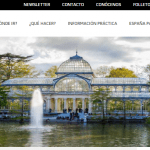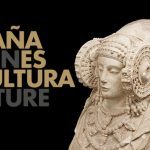SEGITTUR has produced a Tourism Semantics Best Practices Manual, based on Standard UNE 178503 and aimed at local tourism managers, as well as teams of technology developers in destinations.
In the 21st century, destinations need to offer smooth digital experiences, and for this to work, the machines (websites, apps, tech totems, chatbots, etc) must understand human beings. It is here, in the interaction between people and machines, where semantics is of vital importance. Semantics gives all the components of tourism a meaning that can be understood by machines, and facilitates inter-operability between tourist and city platforms.
For this reason, the Standard UNE 178503 on semantics applied to tourism was created in July 2019, a milestone in the process of digitalising the sector. The standard covers vocabulary, taxonomy and specific ontology for tourist activity in Spanish, as well as the methodologies and tools currently used by the technology industry for “serialisation”, labelled and data validation.
The adoption of this standard by the Spanish tourism system will allow current inefficiencies in tourist information to be reduced, information on different levels (local, regional, national and private) to be added and the visibility of our destinations to be boosted.
For the standard to have the desired effect, a large number of destinations need to implement it, beginning with the over 70 destinations committed to digital transformation that are part of the Smart Destinations Network run by the Secretary of State for Tourism through SEGITTUR.
In 2020, SEGITTUR will continue working with destinations and the sector to facilitate the adoption of Standard UNE 178503 on semantics applied to tourism.





